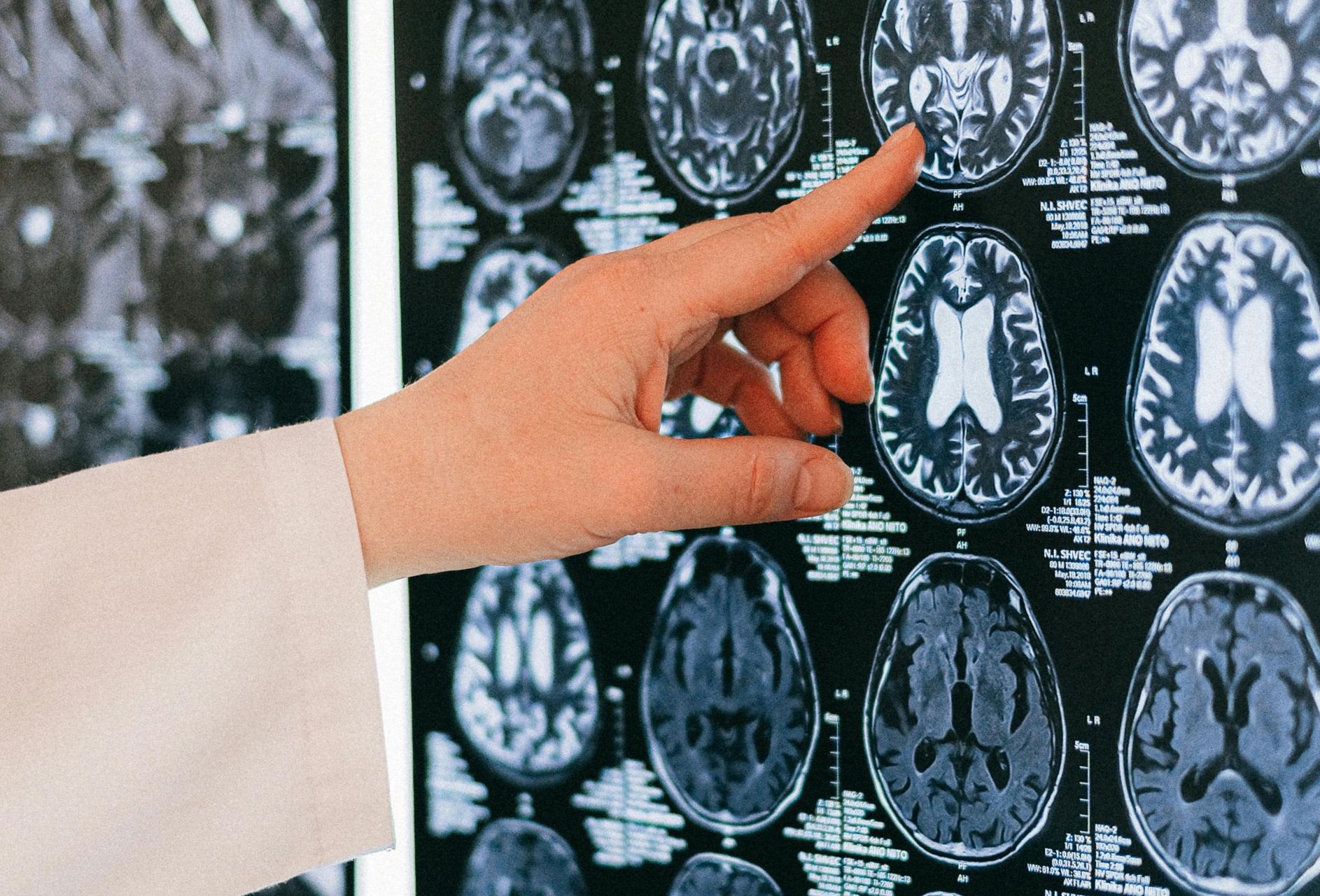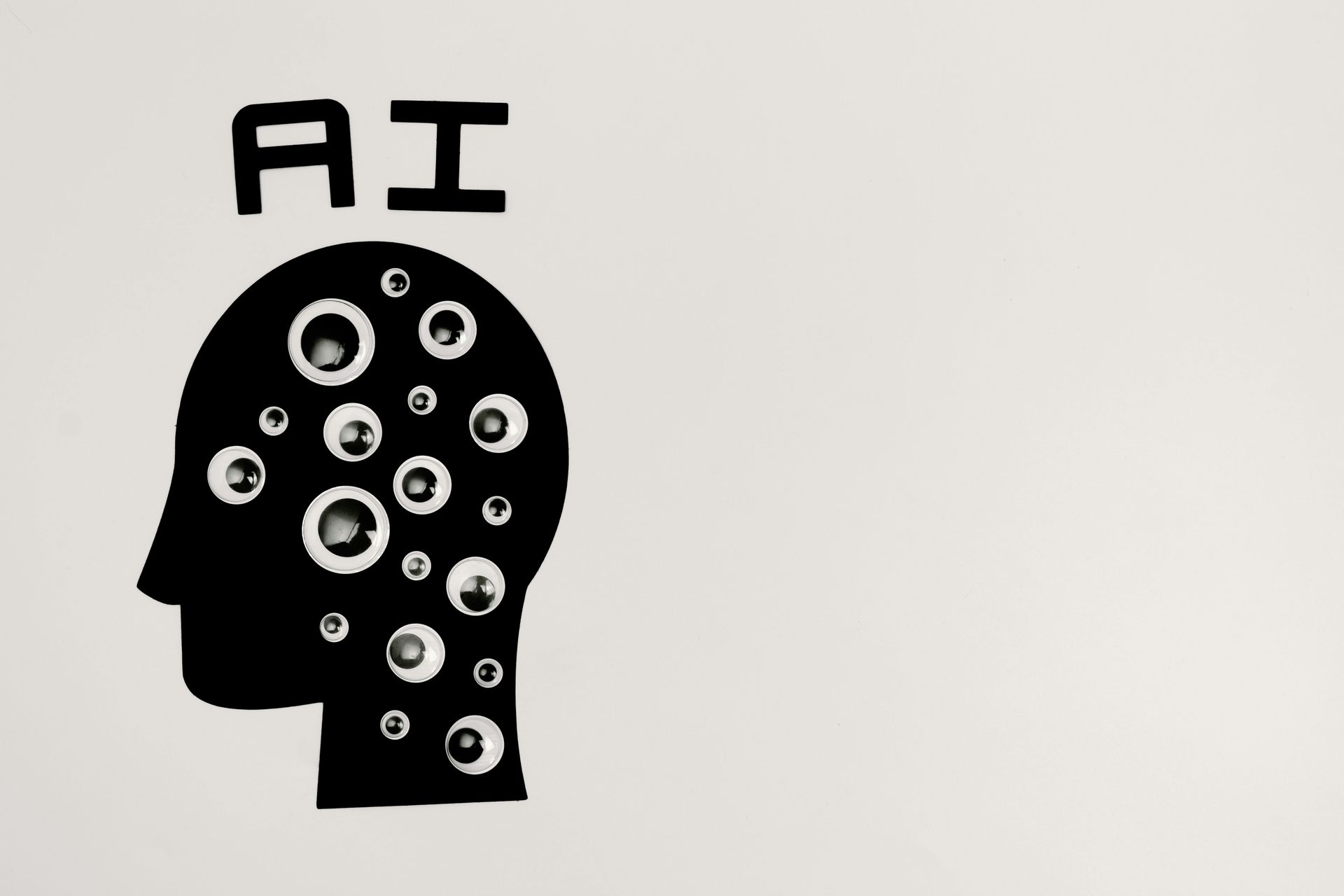When a thrombus blocks a blood vessel leading to the brain, the affected area is deprived of oxygen and nutrients. This can result in the death of brain cells and the onset of a stroke. The longer the blockage persists, the more extensive the damage can be. Therefore, prompt medical intervention is crucial to minimize the impact of an ischemic stroke.
If you or someone around you experiences any of the aforementioned symptoms, it is important to act quickly. Call emergency services immediately to ensure that medical professionals can provide appropriate treatment as soon as possible. Time is of the essence when it comes to stroke management, as each passing minute can mean the difference between recovery and permanent disability.
Upon arriving at the hospital, doctors will perform a series of tests to confirm the diagnosis of an ischemic stroke. These may include a physical examination, blood tests, and imaging scans such as a CT scan or an MRI. Once the diagnosis is confirmed, the medical team will determine the most suitable course of treatment.
There are several treatment options available for ischemic strokes. One commonly used approach is the administration of clot-busting medications, such as tissue plasminogen activator (tPA). These medications can dissolve the clot and restore blood flow to the brain. However, they must be administered within a specific time frame to be effective.
In some cases, medical professionals may opt for an endovascular procedure to remove the clot. This involves the insertion of a catheter into the blood vessel, which can then be used to mechanically remove or break up the clot. This procedure has shown promising results in certain patients.
Rehabilitative therapies, such as physical and occupational therapy, are often necessary following an ischemic stroke. These therapies aim to help patients regain lost functions and improve their quality of life. The extent of recovery will vary from person to person, depending on the severity and location of the stroke.
Prevention is key when it comes to ischemic strokes. Adopting a healthy lifestyle that includes regular physical exercise, a balanced diet, and avoiding smoking can significantly reduce the risk. Managing underlying medical conditions such as high blood pressure, diabetes, and high cholesterol is also crucial.
In conclusion, an ischemic stroke occurs when a blood clot blocks a blood vessel leading to the brain, resulting in a disruption of blood flow and potentially causing severe damage. Recognizing the signs and symptoms and seeking immediate medical attention can make a significant difference in the outcome. Prevention through a healthy lifestyle and management of underlying medical conditions is essential in reducing the risk of ischemic strokes.










